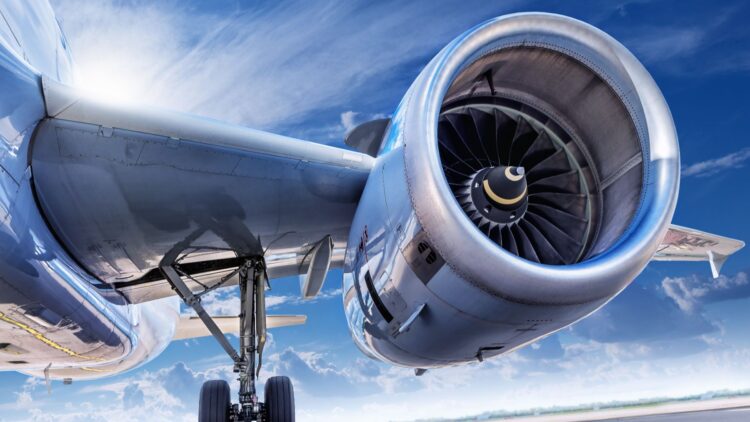Planes are very complicated pieces of machinery and technology that have a million redundancy systems to ensure that one failure does not become catastrophic, but with a lot of accidents now in the news and making headlines, the public is once again worried about air travel in a way that they had not been in many years. Of course there can be many emergencies during a flight, but safety protocols both on the ground and in the air try to ensure that, even if the worst case scenario happens, passengers will be as safe as possible. These worst case scenarios can be anything, but, for the sake of arguing, let us take one of the worst ones. What would happen if all four engines on a plane fail at the same time? Well, according to Airbus A320 captain Perico Durán de Inclán, likely not much.
To be fair, no one is as cavalier as that when these worst case scenario conversation happen, but modern commercial planes are built with extreme scenarios in mind. They can keep flying without any issues even if one engine goes out, and if all engines get disabled, they can still fly for miles and manage to land without there being much trouble other than the obvious question of “where”.
For reference, every year there are 150 reports of engine failures out of more than 40 million flights, so while it does happen, it is rare. But that does not mean that pilots are not prepared for this eventuality, in fact, they are extensively trained to ensure that if it does happen, they have the know how on how to react, and while no one knows how they will react on the face of an emergency such as this one, we do not have 150 plane crashes a year, so the training must be working.
The aforementioned captain explained this on the podcast Tómatelo con Vino and reassured listeners that airplane manufacturers have to prove that their planes can take off and fly with one fewer engine than they’re designed to use just in case this happens, and that planes are equipped with many backup systems and detailed safety protocols to stop a tragedy from happening.
The reality of an engine failure in a plane
If all engines were to fail on a commercial plane, which, considering there are four of them would be almost unheard of, the pilot would still have ample time to react, as planes can glide 7 to 10 miles for every mile of altitude, and planes fly fairly high unless they are about to land. Planes also have a handy little device called Ram Air Turbine, or RAT for short, which can pop out in an emergency and uses the wind to generate power for vital systems, just in case everything else goes down.
While this is very scary and we have all seen plenty of crashes, they usually happen during takeoff or landing and do not usually have anything to do with engines. Isolated cases of planes disappearing in mountainous areas have also been publicized, but they are quite old and are usually attributed to pilots not being able to see well enough and the technology not being developed enough. But the cases that we do know that have had engine failures and have occurred in recent history have had happy endings.
Two of the most famous ones are US Airways Flight 1549, the “Miracle on the Hudson”, where the plane lost both engines after a bird strike and still managed to make a controlled landing in the Hudson River and Air Canada Flight 143 from 1983, which glided more than 100 kilometers after running out of fuel. Both of these had a plane full of survivors and incredible pilots leading the descent.

